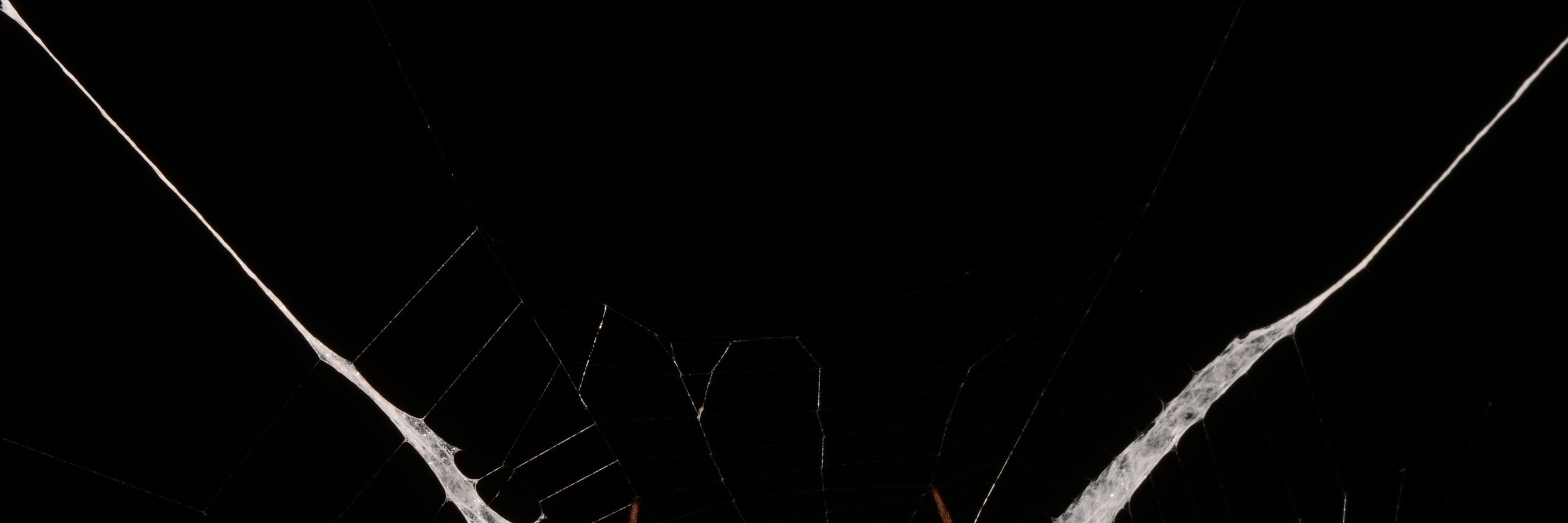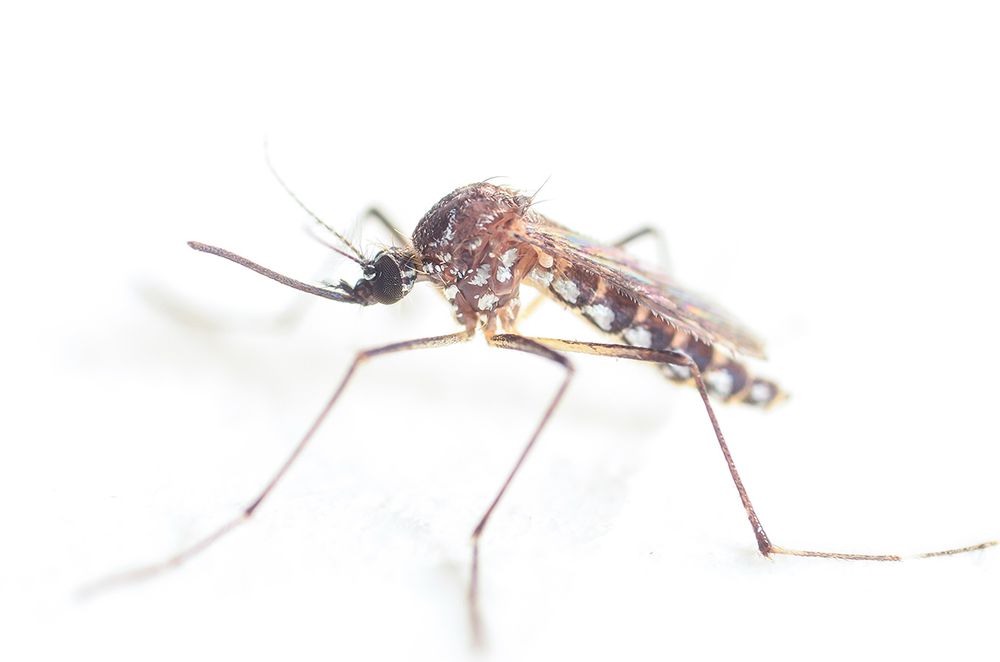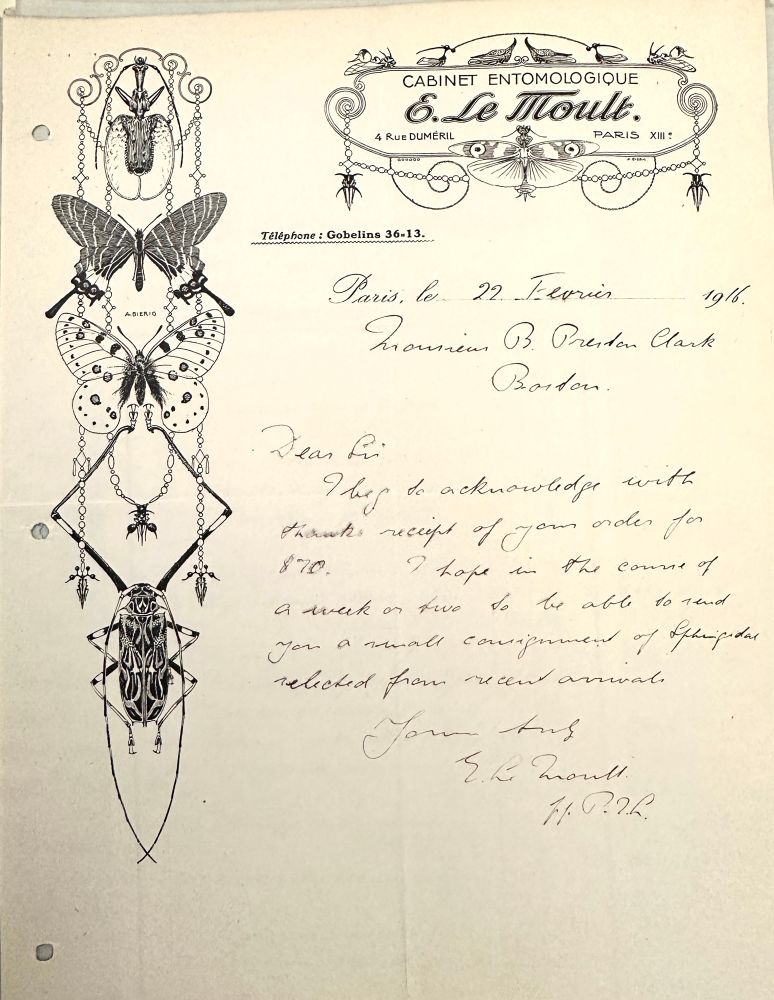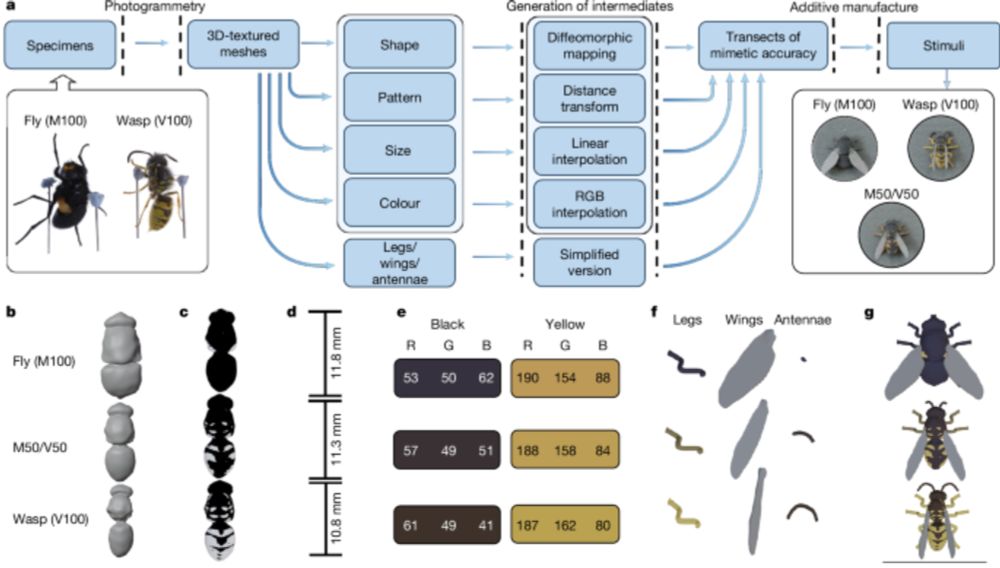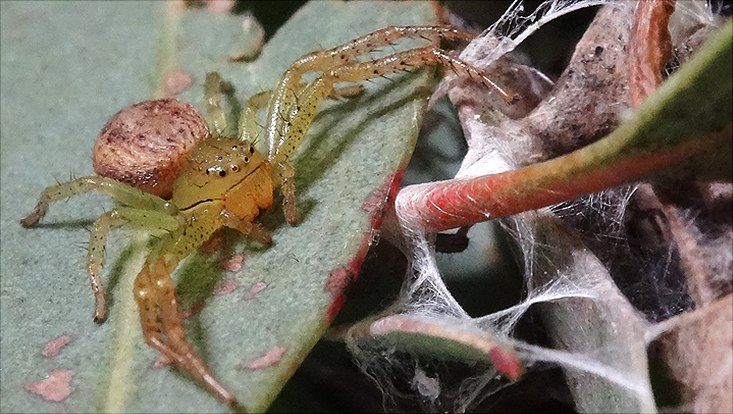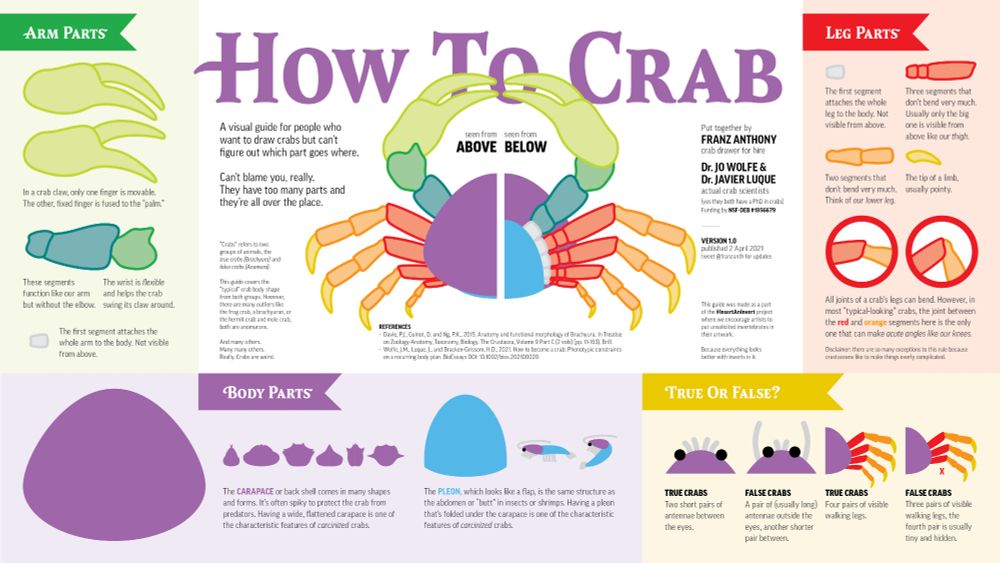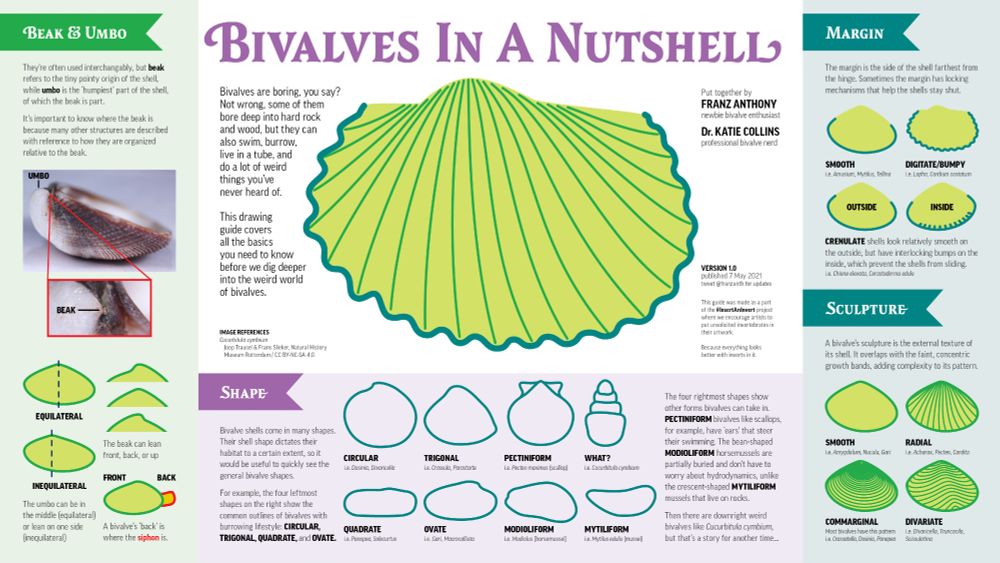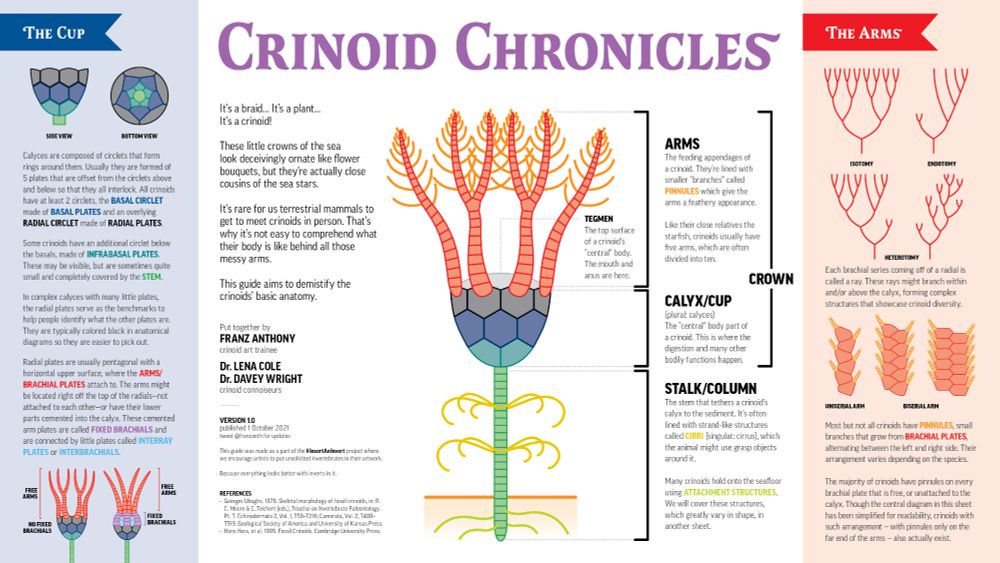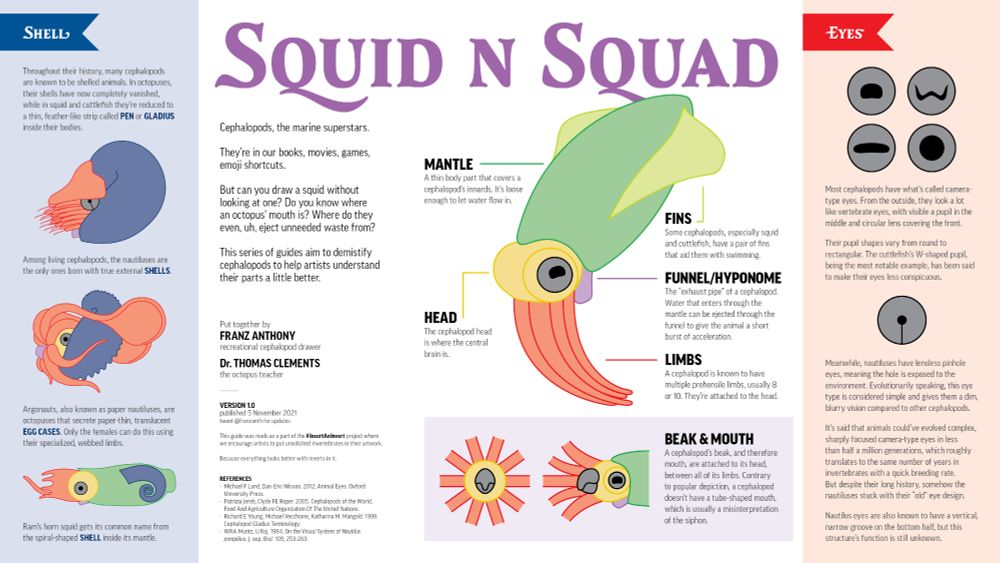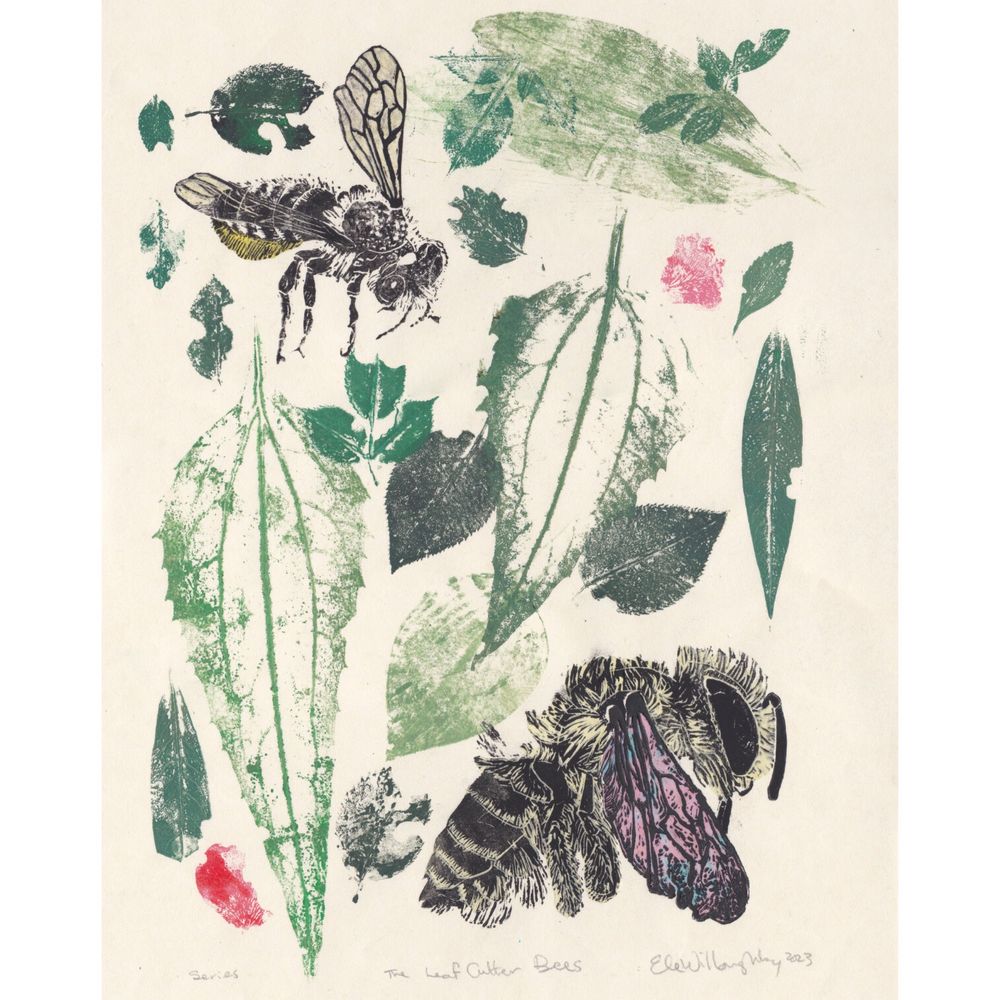Dinesh Rao
@dinrao.bsky.social
310 followers
130 following
40 posts
Spider behaviour; predator prey interactions, colouration, webs. Universidad Veracruzana, Mexico.
Raospiderlab.org
#mefite
Posts
Media
Videos
Starter Packs
Dinesh Rao
@dinrao.bsky.social
· Jul 30
Reposted by Dinesh Rao
Lucibee
@lucibee.bsky.social
· Jul 27

AI Abuse to Skirt Copyright Law - Macro Photography by Nicky Bay
In the past week, a number of prominent nature photographers showed how their photographs were being stolen and mangled into "AI-nonsense", deceiving countless others into believing the made-up storie...
www.nickybay.com
Reposted by Dinesh Rao
Sam England
@samjakeengland.bsky.social
· Jul 24
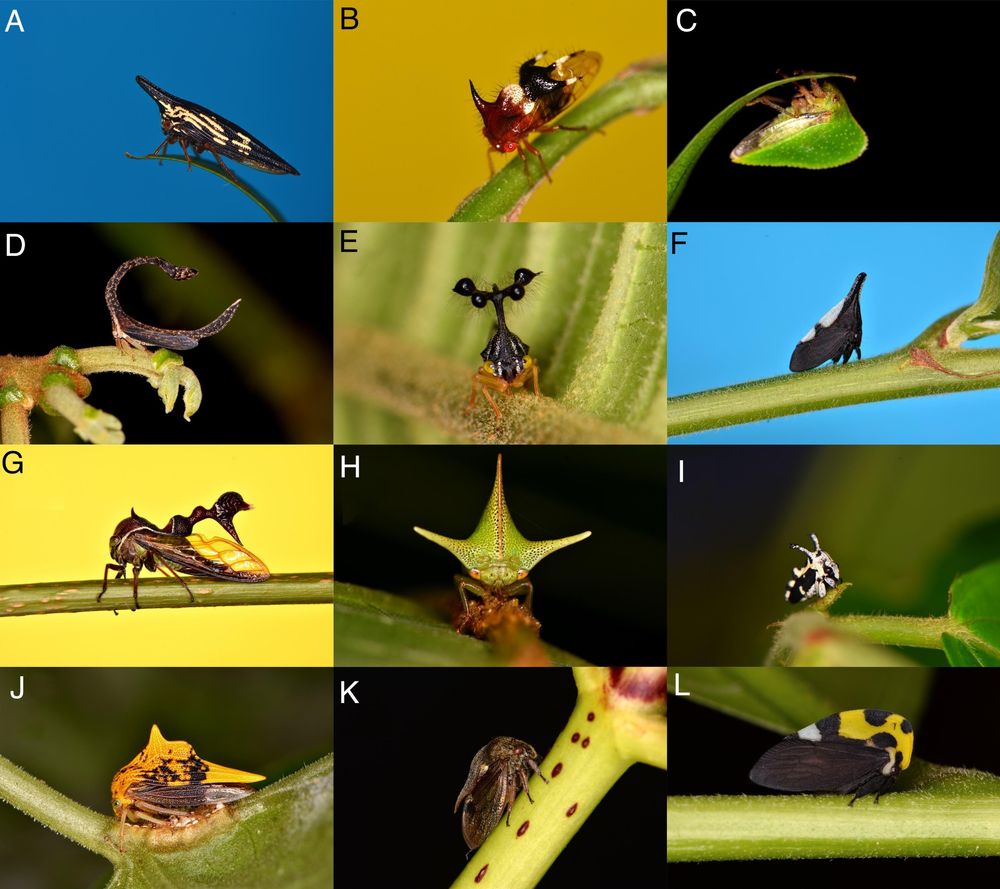
Electroreception in treehoppers: How extreme morphologies can increase electrical sensitivity | PNAS
The link between form and function of an organism’s morphology is usually apparent
or intuitive. However, some clades of organisms show remarkable ...
doi.org
Reposted by Dinesh Rao
Reposted by Dinesh Rao
Reposted by Dinesh Rao
Reposted by Dinesh Rao
Reposted by Dinesh Rao
Reposted by Dinesh Rao
Emily M. Bender
@emilymbender.bsky.social
· Jun 11

On Generative AI in the Classroom: Give Up, Give In, or Stand Up
Edward Dunsworth Two approaches dominate discussion about how professors should handle generative “artificial intelligence” in the classroom: give up or give in. Give up. Faced with a powerful new …
activehistory.ca
Reposted by Dinesh Rao
Dinesh Rao
@dinrao.bsky.social
· Apr 26
Dinesh Rao
@dinrao.bsky.social
· Apr 26
Reposted by Dinesh Rao
Ele Willoughby
@minouette.bsky.social
· Apr 25
Reposted by Dinesh Rao
